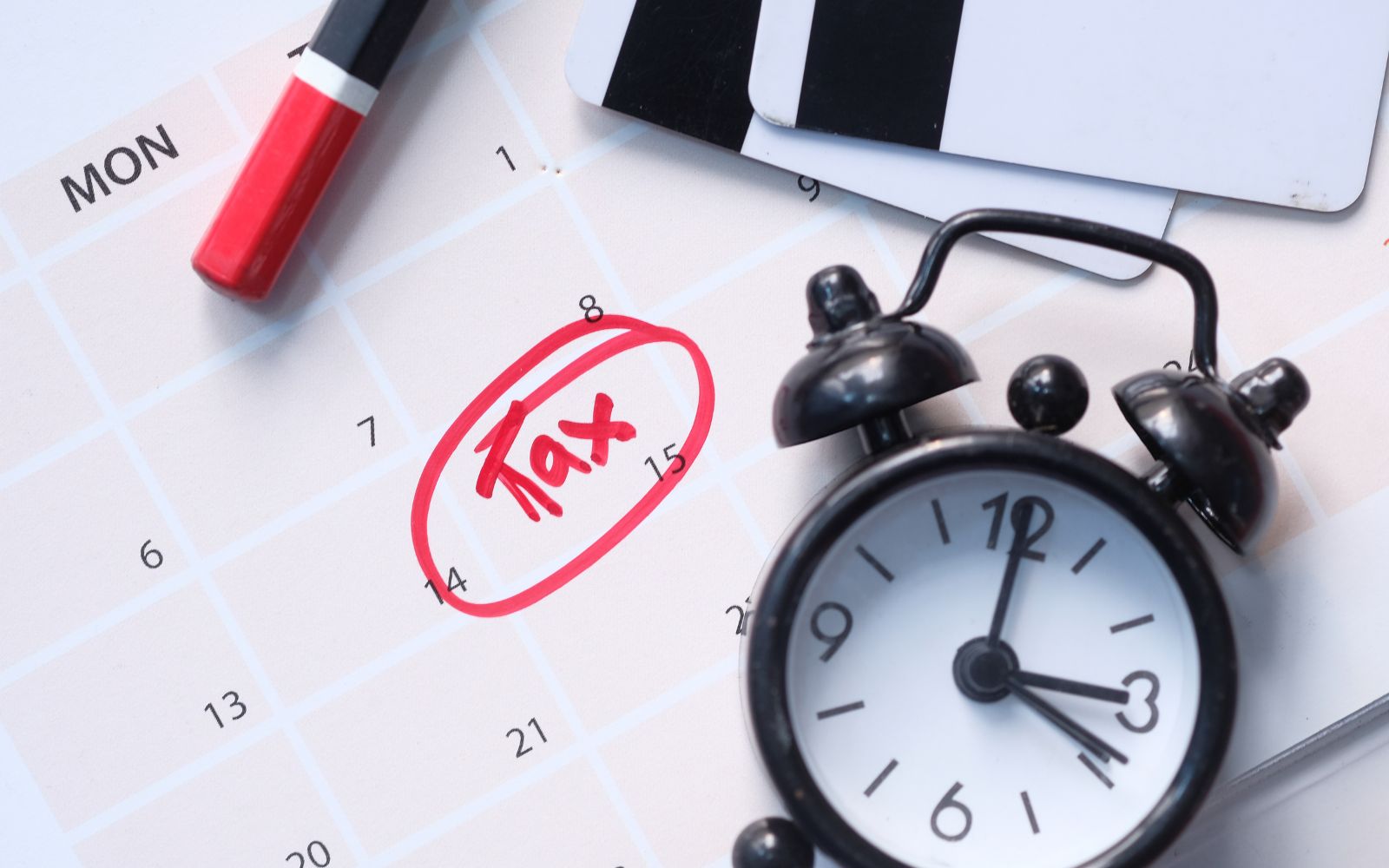Take advantage of the dividend allowance

When a business is operated as a family-owned company, to use the profits for personal use, such as covering your living expenses, you will have to extract them first. Extracting profits may trigger further tax and National Insurance liabilities, therefore, you will need a strategy to extract them in a tax-efficient way.
There are several strategies to do so and many of them differ to a certain extent, depending on individual circumstances. One of them is very popular – taking a small salary and extracting further profits as dividends.
For the year 2022-2023, assuming that a personal allowance is not used elsewhere, the optimal salary is equal to the primary threshold of £11,908 where the employment allowance is not available and equal to the personal allowance of £12,570 where the employment allowance is available to shelter employer’s National Insurance.
Dividend allowance
The dividend allowance is not an allowance per se but rather a zero-rate band. If dividends fall within this band, then they become free of tax in the hands of the shareholder. This allowance is available to all taxpayers, regardless of their marginal rate of tax. For 2022-2023, the dividend allowance is set at £2,000.
Dividend policy
In a family-run company scenario, the availability of the dividend allowance can be used to drive a dividend policy. When paying dividends to utilise available dividend allowances, you must remember that dividends can only be paid out of retained profits and must be paid in accordance with shareholdings. This can be overcome by the use of an alphabet share structure by which each shareholder has their own Class of shares, e.g. A ordinary shares, B ordinary shares, C ordinary shares, etc, and which provides flexibility to tailor dividends to individual circumstances. Dividends are paid from post-tax profits and were already taxed by corporation tax.
To prevent dividend allowances from being wasted and optimise the opportunity to extract profits without triggering further tax liabilities in a family-run company, it makes sense to make family members shareholders, even if they have other income and don’t work in the company. The benefits of this practice are shown below in the case study.
Case study
Steve is the director of a family company SJ Ltd. His wife and two grown-up daughters are shareholders in the company. Steve has 100 A ordinary shares, his wife has 100 B ordinary shares and his daughters, Delia and Diane, have, respectively, 100 C ordinary shares and 100 B ordinary shares.
The company has made a post-tax profit of £20,000 that Steve wishes to extract. He has received a salary of £12,570 from the company, as does his wife, Debbie. Both Steve and Debbie have income from the property and pay tax at a higher rate.
If a dividend of £200 per share is declared for A class shares, Steve will receive a dividend of £20,000. After deducting the dividend allowance of £2,000, the balance of £18,000 is taxed at 33.75% – a tax bill of £6,075.
Suppose instead, the company declares a dividend of £1,400 per share for A class shareholders and a dividend of £20 per share for B, C and D Class shareholders. In that case, Steve will receive a dividend of £14,000 and his wife and daughters will each receive a dividend of £2,000. In this scenario, Steve will pay a tax of £4,050 on his dividend (33.75% (£14,000 – £2,000)). However, his wife and daughters will receive their dividends tax-free as they are sheltered by their dividend allowances.
By using an alphabet share structure and taking advantage of family members’ dividend allowances, the combined tax bill has been reduced by £2,025. If his daughters have not fully utilised their basic rate bands, changing the dividend mix to make use of this can produce additional savings.
For more information about dividend allowances please visit the official government website.
The information available on this page is of a general nature and is not intended to provide specific advice to any individuals or entities. We work hard to ensure this information is accurate at the time of publishing, although there is no guarantee that such information is accurate at the time you read this. We recommend individuals and companies seek professional advice on their circumstances and matters.




